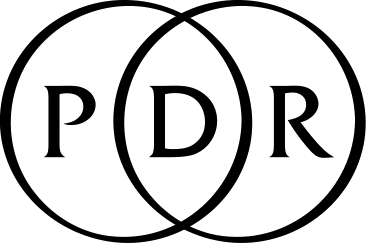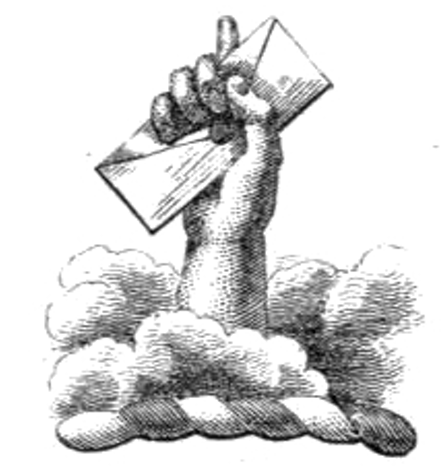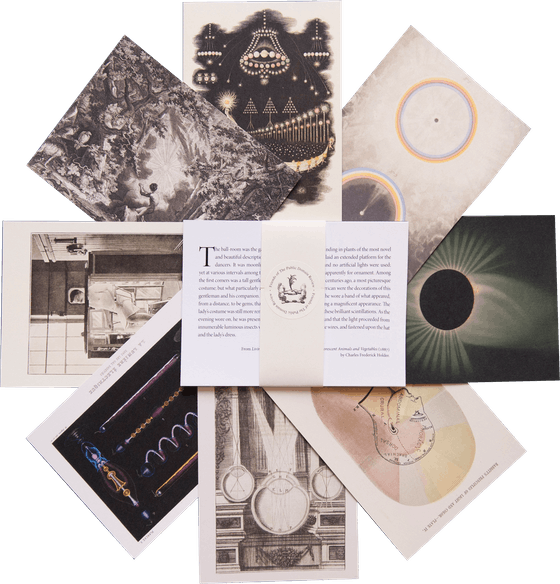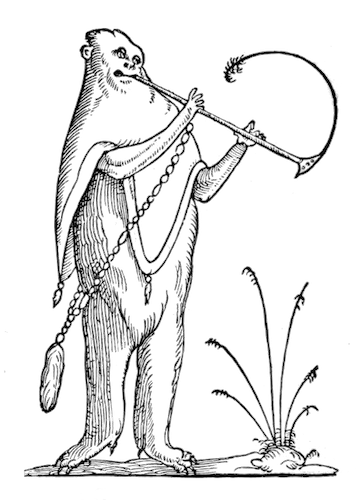
Images from Johann Zahn’s Oculus Artificialis (1685)
In 1685, the Würzburg cleric Johann Zahn published his Oculus Artificialis Teledioptricus Sive Telescopium (The Long-Distance Artificial Eye, or Telescope). In the work he provides an early and comprehensive account of the function and usage of a number of optical instruments, including the camera obscura and magic lantern (whose invention he credits to Athanasius Kircher), and various other lanterns, slides, peepshow boxes, telescopes, microscopes, lenses, and reflectors. Among the studies is an envisaging, for the very first time, of a portable hand-held version of the camera obscura. At the heart of the imagined device is a mirror reflex mechanism, technology that would not see realisation until a century and a half later with the birth of the photographic camera. Zahn's ideas and explanations are furnished by a plethora of innovative, and, at times, wonderfully surreal engravings, highlights of which we feature below.
Enjoyed this piece? We need your help to keep publishing.
The PDR is a non-profit project kept alive by reader donations – no ads, no paywalls, just the generosity of our community. It’s a really exciting model, but we need your help to keep it thriving. Visit our support page to become a Friend and receive our themed postcard packs. Or give a one-off donation. Already a supporter? A huge thank you for making all this possible.
Imagery from this post is featured in
Affinities
our special book of images created to celebrate 10 years of The Public Domain Review.
500+ images – 368 pages
Large format – Hardcover with inset image
Mar 7, 2017








